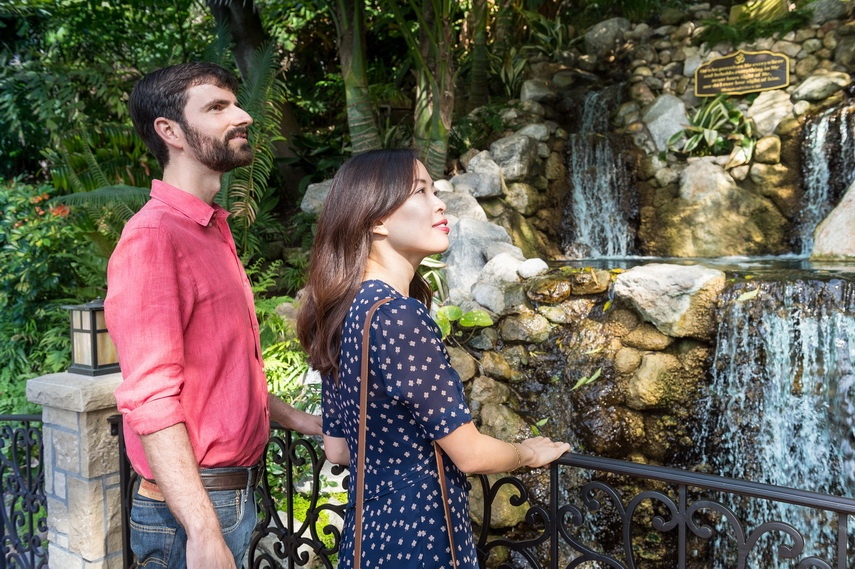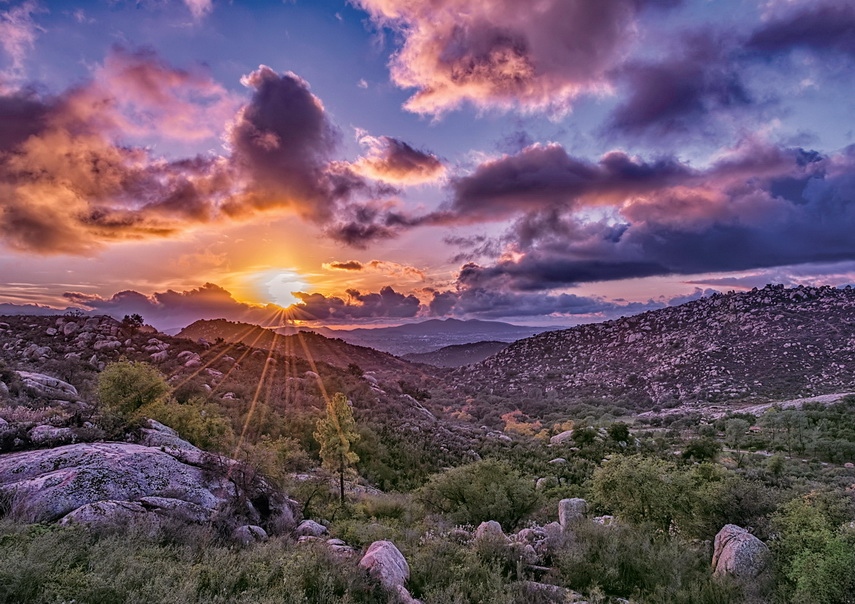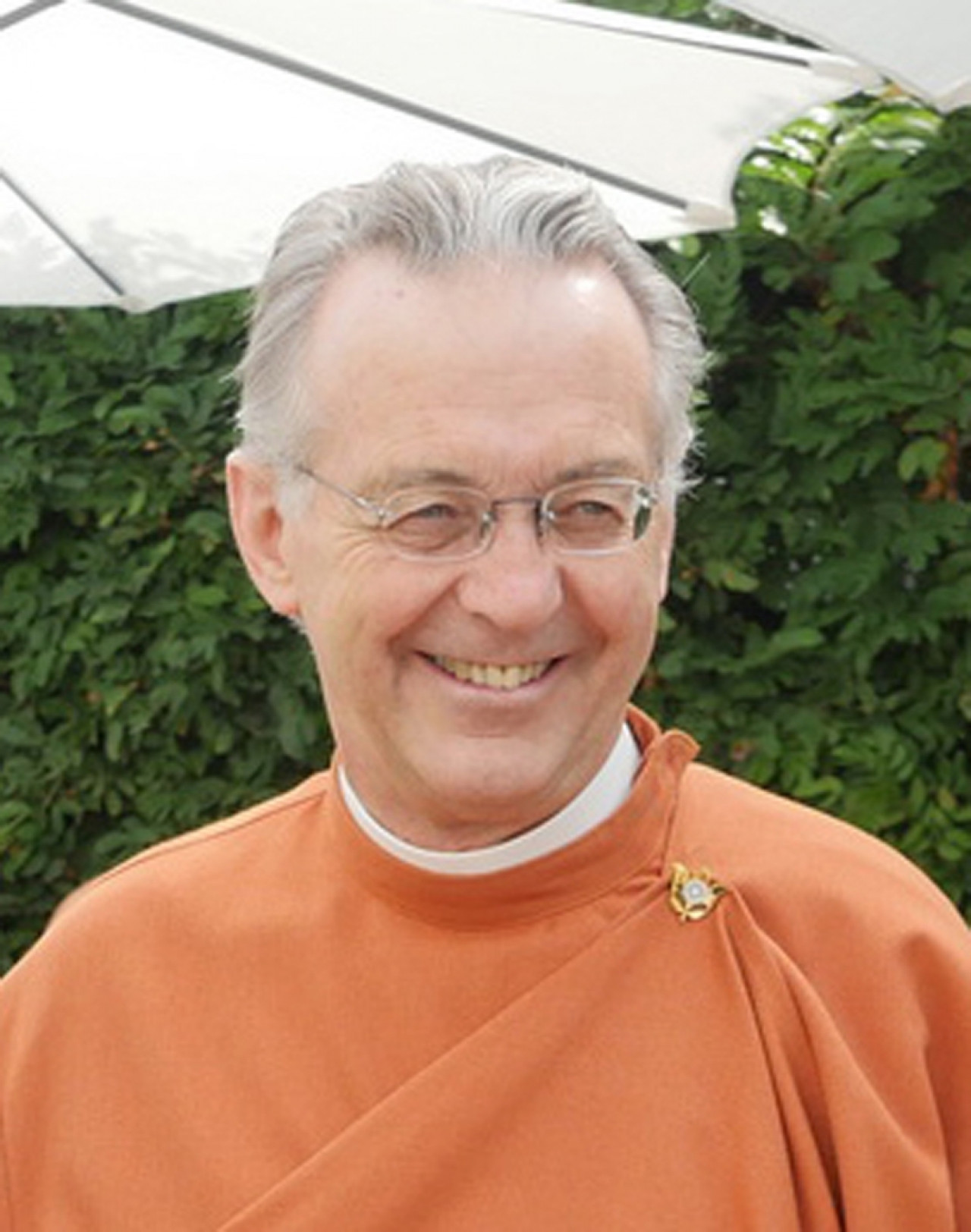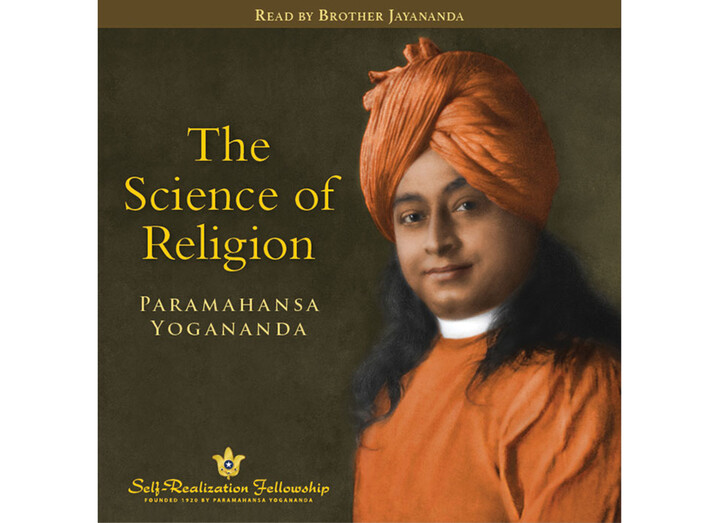By Brother Pranavananda

Everyone Is Seeking...
We are all searching — we are all wired to avoid pain and seek joy. We are all on a spiritual search whether we know it or not, because everyone has needs for understanding, wisdom, love, truth, peace, and well-being — and consciously or unconsciously we seek to fulfill these needs, which are essentially spiritual in nature. In the beginning of this search, we often learn through trial and error. In other words, we may start to notice that life is better if we do one thing rather than another. We may stumble along the way and repeatedly get hurt, but slowly, after lifetimes of challenges and errors, we begin to gain understanding and wisdom.
And then the time comes, after we have begun to develop positive traits and a deeper understanding of life, that we yearn for something more. As part of our search, we may be drawn to people with spiritual proclivities; read uplifting books and even scriptures; or attend talks on self-improvement, spirituality, or the meaning of life. Eventually this yearning becomes a driving need in our lives.
Finding the Right Path
In the ancient Vedic scriptures of India, three steps are prescribed for those who are looking for a spiritual path: 1) investigate carefully (srotavyah), 2) choose wisely (mantavyah), and then 3) follow faithfully (nidihyasitavyah). Paramahansa Yogananda echoed that wise advice — he counseled seekers to look at different paths until they find the one that is right for them, one that really speaks to them. Then, he said, follow that path with all your heart. I often advise people who are wondering if they should follow the SRF way of meditation to give our teachings a sincere try for one year, then ask themselves whether they feel this is the right path for them. This is a very practical way of approaching the spiritual path — a way that is non-dogmatic and based on personal experience, not mere belief.
What Is God?
At the beginning of our journey along the spiritual path, we may not have a clear conception of God or even believe in the existence of God. But as we travel along the path our conception of God grows through our own experience of the Divine in meditation and in life.

Paramahansa Yogananda teaches that God is the transcendent Spirit, the Source of everything in creation, and also existing beyond creation. In his book The Science of Religion, which was the basis for his first talk in the U.S. in 1920, Paramahansa Yogananda spoke of God as Sat-Chit-Ananda, an ancient Sanskrit term that he translated as “ever-existing, ever-conscious, ever-new Bliss.” Even by simply thinking deeply about this concept, we will begin to attune ourselves with this Bliss that exists within us and feel it as a reality.
On other occasions he referred to God as love itself, as joy itself. He also said that we can also approach God in a personal aspect as Mother, Father, Friend or Lover. These are human concepts that we relate to and that bring us closer to the realization of God.
The Experience of Bliss
But what we really need is the experience of God. Rather than relating just to a concept of God — as Love or Peace, or Mother or Friend — it is the blissful experience of these concepts that satisfies the need of the soul.
It was during that first talk in the U.S. that Paramahansaji also spoke about the universal need of every individual to experience the joy that is at the core of our being. He said that every human being is ultimately motivated, in everything he or she does, by the necessity of removing pain and attaining Bliss — and that the most direct way to reach this goal is through the practice of yoga meditation, the science of God-realization. This science takes one beyond the conceptualizing of God to the experiencing of God, the experience of Bliss itself.






Leave a comment
Hi there. I found your article very informative and read it with great interest. I have only recently discovered this blog and I am glad I did. I like your approach and your writing style. I will definitely be reading more articles. Congratulations on the blog and I wish you all the best!
Where is Brother Prananvananda stationed? I was so inspired by his Aum class at one the recent convocations during COVID. Thank you, Ed